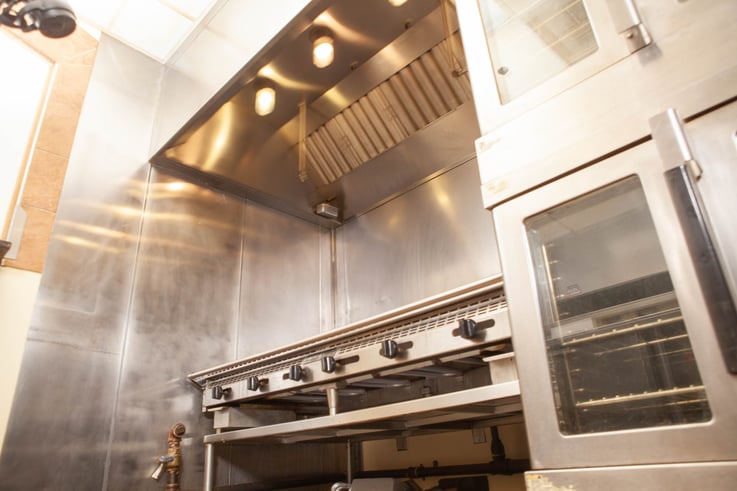
Introduction
Entering the winter months means more than switching your attire. It also means prepping for the unique challenges that the season presents. Failing to take proper precautions can pose significant safety concerns for both life and property. By reading the article below, you can feel confident in your restaurant’s safety practices.
Seasonal Hazards in Restaurants
The seasonal hazards brought on in the later months aren’t typically at the front of anyone’s mind until something happens. That’s why it’s essential to stay vigilant against such risks that can compromise both safety and operations.
The combination of increased reliance on heating equipment, elevated risks of electrical overloads, and a higher likelihood of kitchen fires due to holiday rushes and menu modifications is a recipe for disaster. Adding in the unpredictability of the season, snow and ice may block emergency exits or make them slippery, causing additional issues. Recognizing these hazards is a great first step. However, taking action on them is what truly matters in the long run.
Fire Safety Best Practices
With winter just around the corner, there’s no better time to catch up on your inspection and maintenance needs. This includes:
- Emergency exits: Keep all exits, signs, and pathways clear and illuminated.
- Exhaust hoods and systems: Remove hood and duct buildup every six months.
- Portable fire extinguishers: Schedule professional service at least once per year.
- Fire suppression and sprinkler systems: Maintain these systems every six months.
- Fire alarm systems: Check smoke detectors and other devices on a quarterly basis.
Winter Sprinkler System Preparation
Cold weather can wreak havoc on fire sprinkler systems if they’re not properly winterized. Frozen pipes can burst, causing water damage and rendering your fire protection system useless during an emergency. To avoid this:
- Inspect exposed piping in unheated areas and ensure it’s properly insulated.
- Drain drum drips on dry systems weekly during freezing conditions to prevent moisture buildup.
- Verify that heat tracing systems or space heaters are functioning in areas with dry or pre-action systems.
- Ensure valve rooms and riser closets are heated and monitored for temperature drops.
- Schedule a winterization inspection with a licensed fire protection professional to ensure your system is ready for winter.
Taking these steps helps ensure your fire sprinkler system remains operational and compliant throughout the winter season.
Electrical Safety Precautions
Holiday decorations and increased heating demand can put a strain on your electrical system. To stay safe:
- Use flame-resistant or flame-retardant decorations.
- Select holiday lights rated for both indoor/outdoor use and inspect them for damage before reuse.
- Avoid overloading outlets—use surge protectors and follow manufacturer guidelines.
- Inspect space heaters for damage and keep them away from flammable materials.
- Clean electrical sockets by turning off the breaker and using a vacuum or a damp rag.
- Schedule a professional electrical panel inspection to check for damage, overloading, and proper grounding.
These steps help reduce fire risks and keep your restaurant running smoothly during the colder months.
Conclusion
Maintaining safety during the winter months requires not only your work, as the restaurant owner, but also that of your entire staff. Schedule regular staff meetings to review winter protocols, inspection routines, and maintenance schedules. Fire hazards aren’t only present in the later months, so update emergency response plans and conduct drills specific to the season. Pairing these efforts with proper equipment care and awareness of heightened risks helps ensure a safe and prepared environment for both staff and guests throughout the season.





